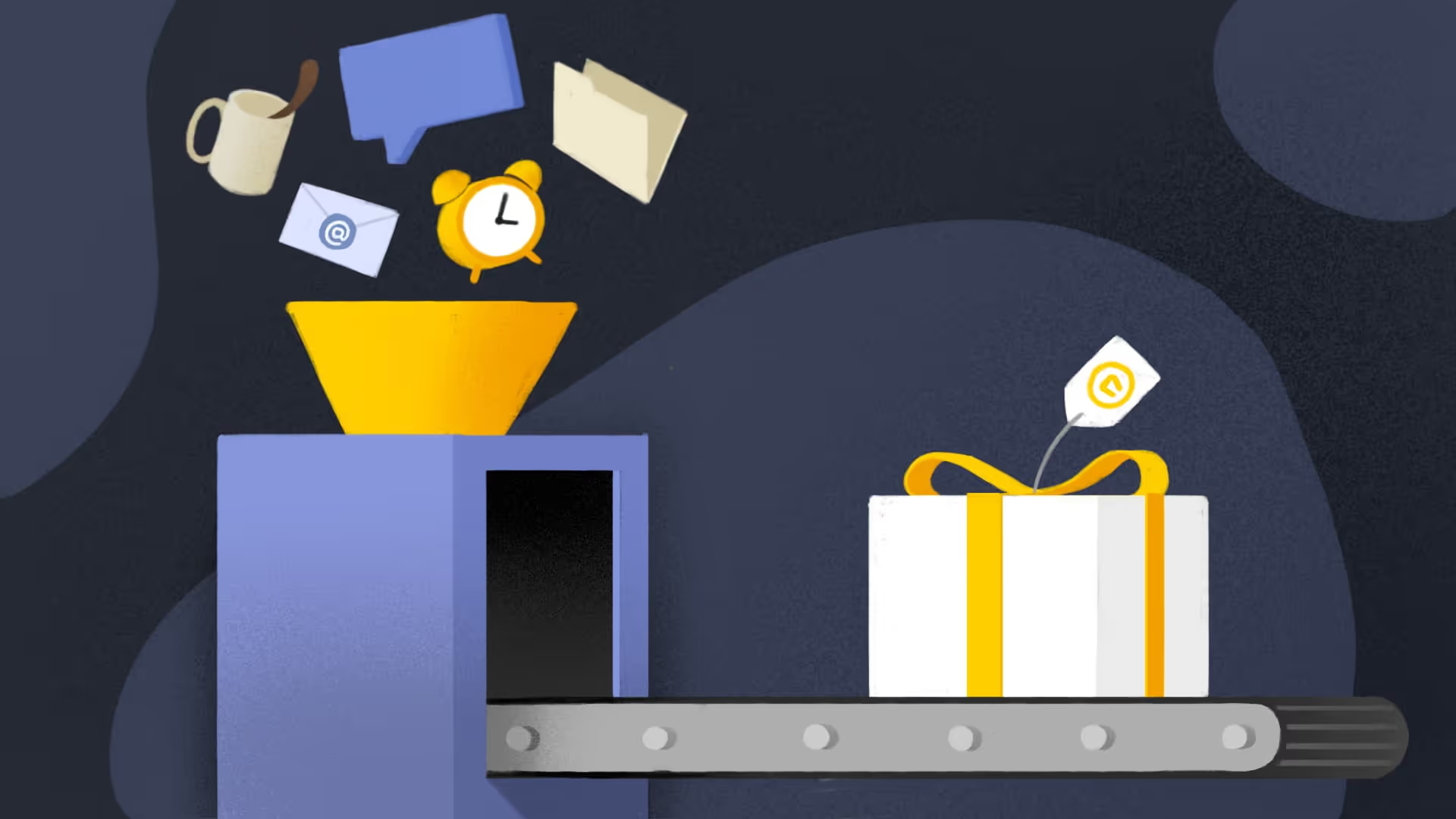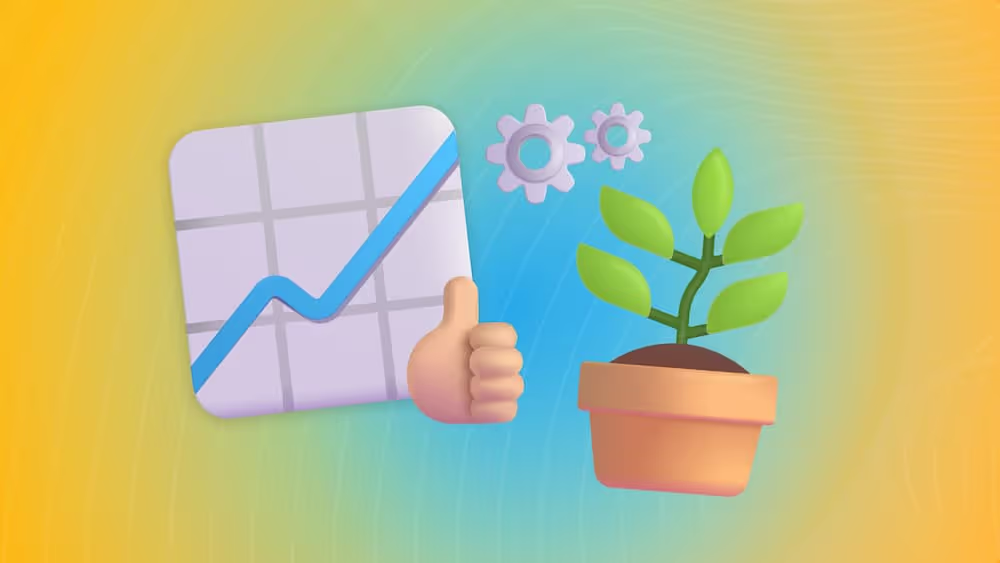The Evolution of the Delivery Lead Role
At Bulb we're always looking to improve our delivery process. Learn more about why we adopted the Delivery Lead role to help us meet the demands of the modern workplace.
Managing Agile
The term ‘agile’ has and continues to be one of the hottest topics within the software development community – and for good reason. Agile practices help companies like ours provide numerous benefits to both our clients’ businesses and the software development process.
Though agile principles have been around for a while, the role that manages this concept of continuous delivery has significantly evolved. Enter: the Delivery Lead. Let’s explore how we at Bulb Digital have come to embrace this role when working with our clients.

So, What Does a Delivery Lead Do?
Simply put, a Delivery Lead helps fill gaps within a client’s organization.
In my role as Delivery Lead at Bulb, I constantly facilitate project delivery. I act as the go-to between the client and the development team. In the process, I make sure that unnecessary tasks don’t land on the development team, and make sure that the team is aware of any issues that might arise from the client.
This role offers an important blend of tactical and relational work within a project’s lifecycle. While a Delivery Lead might engage in typical project management activities like reporting, logistics, and communication, they also act as a guide. When building client relationships, it often falls to me as the Delivery Lead to introduce new, agile concepts that businesses aren’t used to. I help our clients understand and adapt to these more efficient practices.
In the end, my goal is to make sure our client always has a high opinion of the project team and that we are delivering value through products that win the hearts and minds of users.

How We Got Here
Of course, the evolution of the Delivery Lead role didn’t happen overnight. Many of the responsibilities that have been folded into this role would traditionally fall under a Project Manager or Scrum Master. Far too often, questions like “But, what about a process that doesn’t involve scrum?” or “What if software delivery goes deeper than waterfall project management?” were raised. The Delivery Lead is the answer to addressing these concerns.
Historically, our projects here at Bulb have had a Technical Lead assigned to each client. That individual owned everything project-related: the technical aspects, the client relationship, project scope, task management, all while working full-time on the actual development work.
If that doesn’t sound very sustainable, it’s because it isn’t. When a larger project enters the picture, that means there are more stakeholders and elements that require a higher level of attention than one person can reasonably provide.
Here is where the Delivery Lead comes in. By working closely with the Technical Lead, I’m able to manage the day-to-day operations and prioritize goals and requirements for a project. Taking over some of these ancillary tasks from the Technical Lead means that everyone is able to focus on what they do best. With the right people in the right seats, we’re in a better position to create a positive experience for both the client and the project team.

Moving Forward
The Delivery Lead role is a perfect example of us modernizing our delivery process.
Many organizations find this approach be more all-encompassing in meeting the functional demands of a modern development team. The end result is a happier, more efficient project team, always striving to deliver maximum value to our clients.

SELF ASSESSMENT
Is your business getting full value from your M365 subscription?
Billions of dollars are wasted each year on underused subscriptions. Take 3 minutes to find out where your tools are driving results, and where they’re holding you back.
Find Out Now

Is Team Communication Holding You Back?
Find Out in Just 2 Minutes.
Take our quick scorecard to uncover communication gaps and hidden barriers within your team.





.avif)

.jpg)







